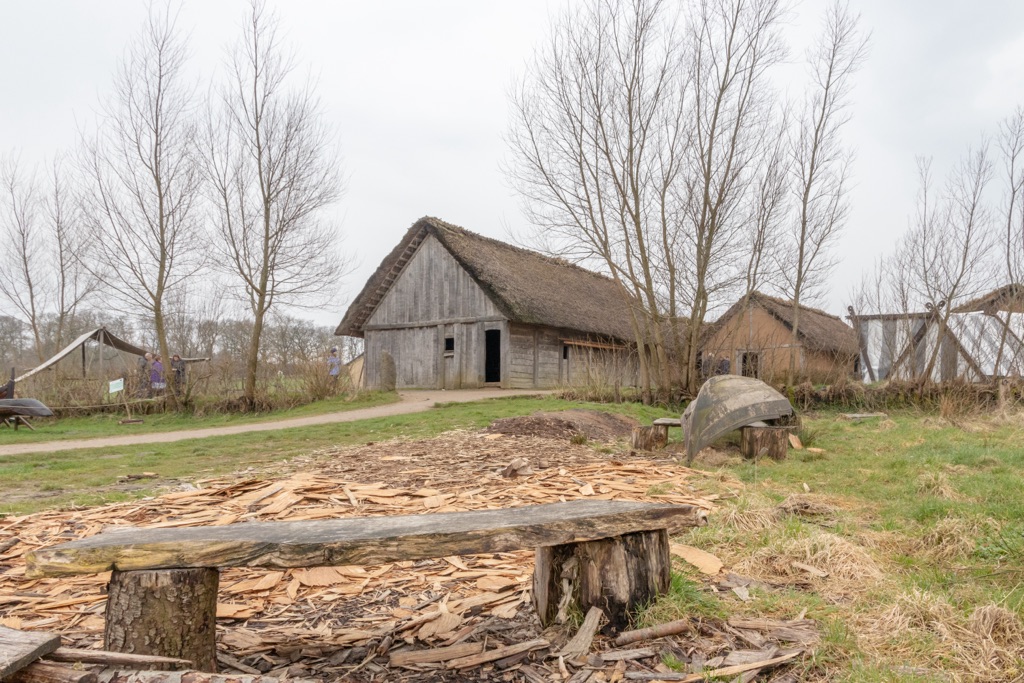Hedeby was an important Viking Age trading settlement located in what is now northern Germany. It thrived from the 8th to the 11th century and was one of the largest Nordic cities during its peak. Hedeby’s strategic position at the base of the Jutland Peninsula and along important trade routes made it a bustling hub for commerce and interaction between Scandinavia, the Baltic, the North Sea, and beyond. The site includes remains of the town, fortifications, and a harbor, reflecting its historical significance. It was designated a UNESCO World Heritage site, highlighting its value for understanding the Viking Age.
Ancient Civilizations
All Ancient Civilizations, Cultures and People
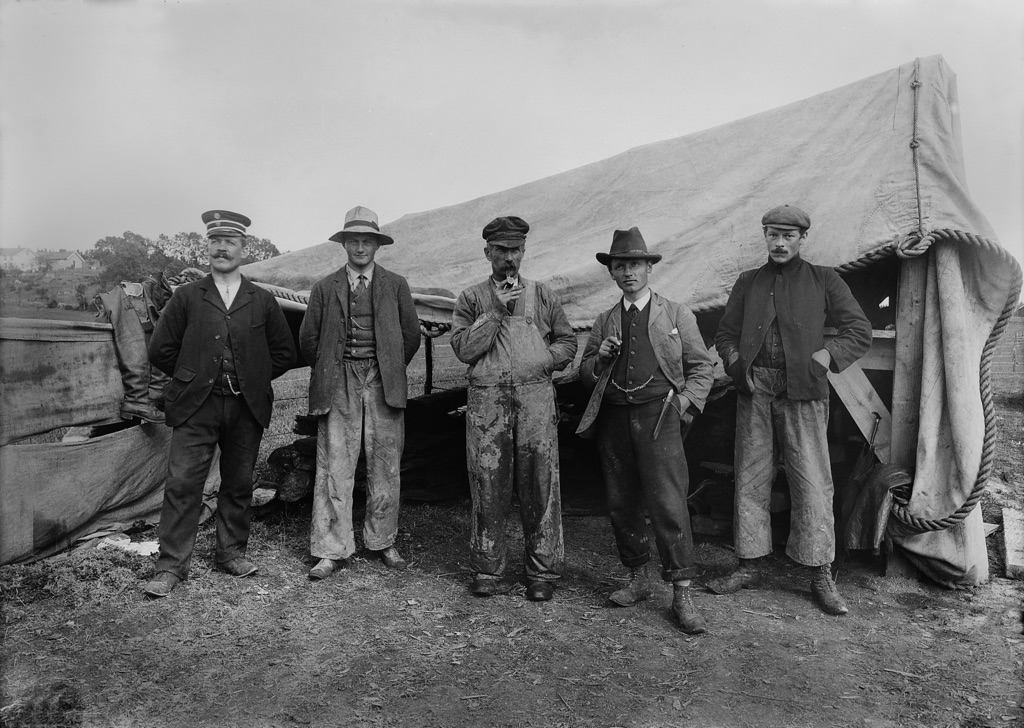
Oseberg Viking Ship Burial
The Oseberg Burial Mound is a significant archaeological site located in Vestfold County, Norway. Discovered in 1903, it is most famous for the Oseberg ship, a well-preserved Viking ship which has become an icon of Viking Age Norway. The ship and the mound date back to the 9th century and were part of a lavish burial ritual for a high-status woman, possibly royalty. The site has yielded an array of artifacts including a cart, sledges, and textiles, providing invaluable insights into Viking life and culture.
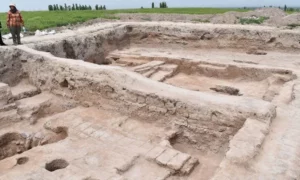
Ancient City of Suyab
The Ancient City of Suyab, once a significant Silk Road hub, lies in the territory of modern Kyrgyzstan. It thrived as a crossroads of cultures and commerce, linking the East and West. Suyab was a melting pot of various peoples, including the Sogdians, Chinese, Turks, and others. Its strategic location made it a political and economic center in Central Asia, particularly during the Tang dynasty and the period of the Turkic Khaganate.
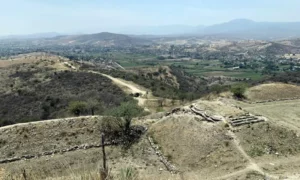
Suchilquitongo (archaeological site)
Suchilquitongo is an archaeological site located in the Central Valleys of Oaxaca, Mexico. It is known for its Mesoamerican ruins, which date back to the Zapotec civilization. The site includes a series of structures, such as a ball court, platforms, and tombs, which offer insights into the pre-Columbian history of the region. Suchilquitongo provides a window into the Zapotec culture, which was one of the earliest and most influential civilizations in Mesoamerica.
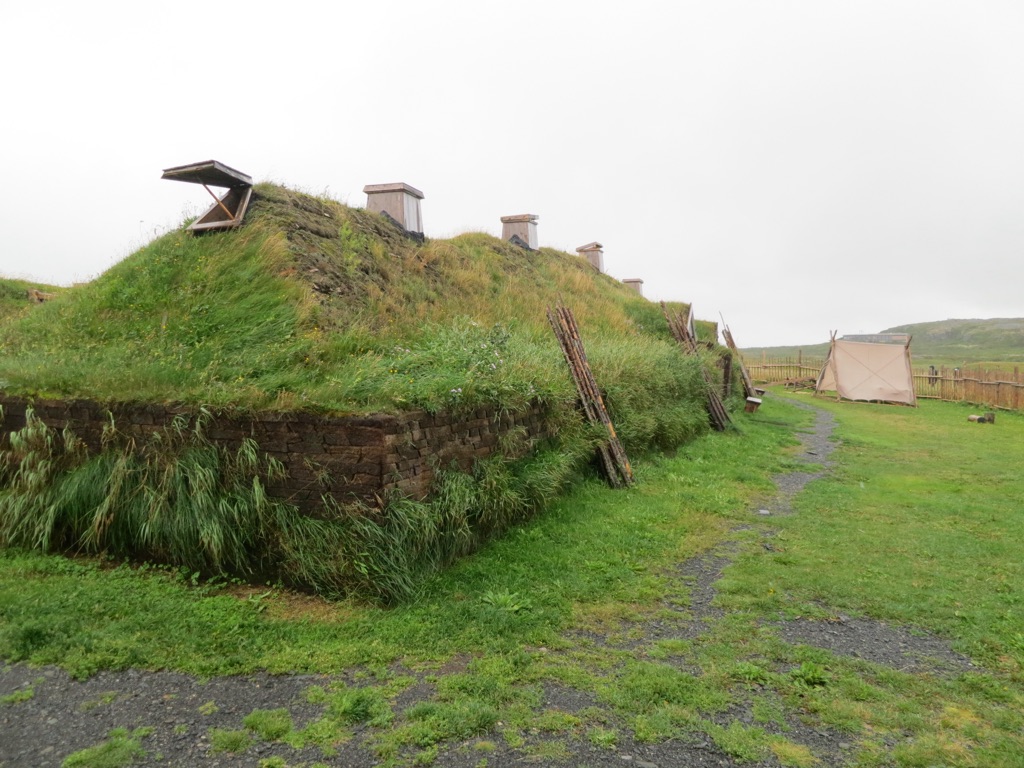
L’Anse aux Meadows
L’Anse aux Meadows is a historical site located at the northernmost tip of the island of Newfoundland in Canada. This site is renowned for being the only confirmed Norse or Viking settlement in North America outside of Greenland. Dating back to around 1,000 years ago, it provides evidence of the first European presence on the continent. The settlement consists of eight timber-framed turf structures that resemble Norse buildings found in Greenland and Iceland. L’Anse aux Meadows is a UNESCO World Heritage site, recognized for its historical significance as it represents the farthest known extent of European exploration and settlement before the voyages of Christopher Columbus.
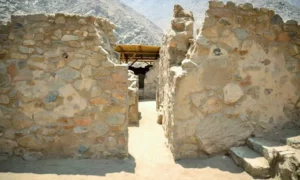
Hatun Xauxa (Jauja)
Hatun Xauxa, also known as Jauja, is a significant historical site located in the central highlands of Peru. It was once a major administrative center of the Inca Empire, established by Pachacuti Inca Yupanqui. The site is renowned for its strategic importance and its role in the expansion of the Inca civilization. Hatun Xauxa holds a wealth of archaeological evidence, including ruins of buildings, plazas, and other structures that offer insights into Inca urban planning and culture.

